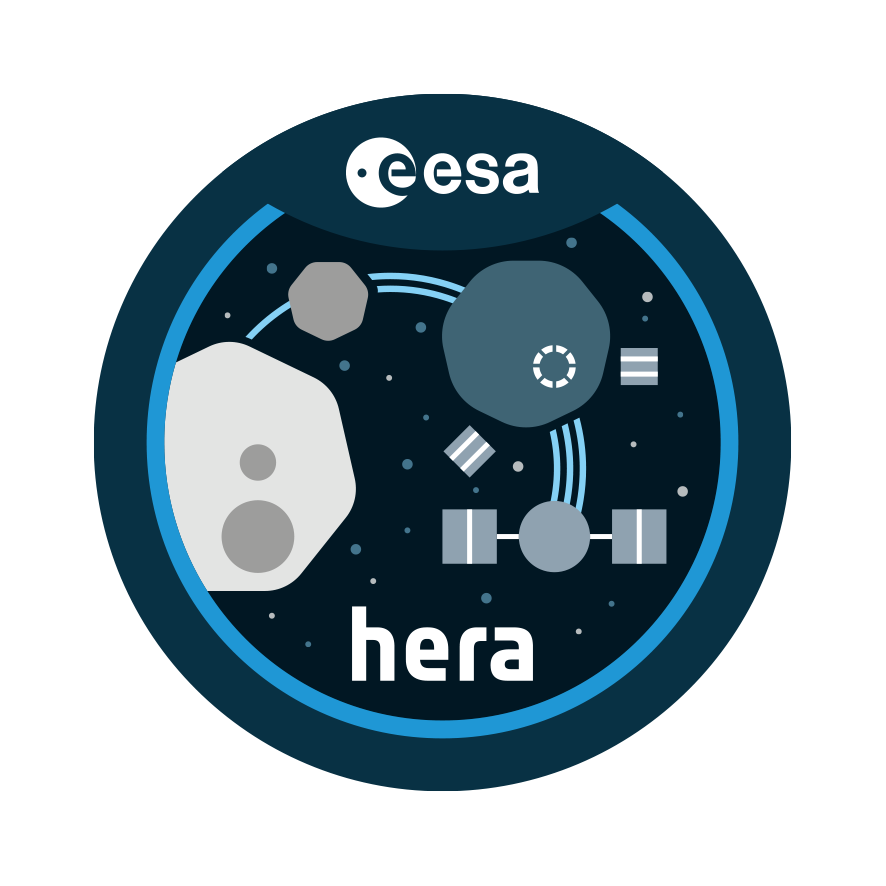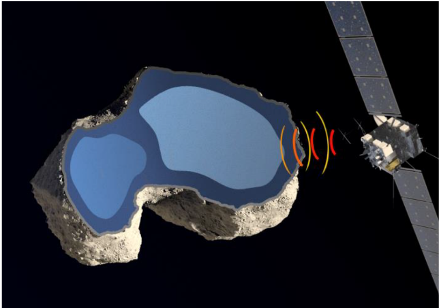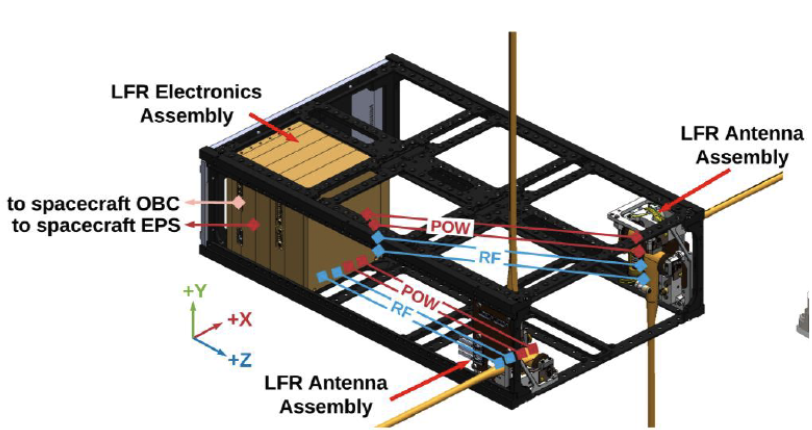Juventas Cubesat
Juventas is a Cubesat developed by Gomspace devoted to the geophysical characterization of Dimorphos.
Main objectives:
To determine the gravity field of Dimorphos
To determine the interior structure of Dimorphos
To determine the surface properties of Dimorphos
Parameters
| Volume | 6U-XL CubeSat |
| Dimensions | 37 x 23 x 10 cm |
| Propulsion | Cold gas propulsion system |
| Communication | S-band Inter-Satellite Link |
| Primary Payloads | JuRa & GRASS |
| Mass | 12 kg wet mass, 5.5 kg |
| Science Observation Orbits | SSTO (Self-stabilizing Terminator Orbits) between 1 and 5 km |
GRASS
Gravimeter for the Investigation of Small Solar System Bodies
Parameters
| Volume | < 0.2 U |
| Dynamic range | 50 mGal |
| Accuracy of absolute surface acceleration vector magnitude | < 0.002 mGal |
| Accuracy of absolute surface acceleration vector direction | < 0.1° |
| Mass | < 380 g |
JuRa (LFR)
Monostatic Synthetic Aperture Radar
The low frequency radar JuRa will provide the first direct probing of an asteroid subsurface and internal structures.
Parameters
| Volume | <1 U (Electronics) |
| Operating frequency | 60 MHz carrier, 20MHz |
| Full linear polarization | Optional circular polarization mode |
| Antenna | 2 cross dipoles with Four 1.5m deployable booms |
| Mass | < 1300 g |
| Operations & Resolutions | Sequences of 45 minutes allowing a 15m resolution and a sensitivity up to -40dB.m2/m2 |
Inter-Satellite Link (Radio Science)
An Inter-Satellite Link (ISL) will be used for Radio Science, allowing the measurement of Didymos gravity field that cannot be done by Hera alone. ISL doppler allows estimating of gravity coefficients to degree 2 and 3. Hera-Juventas ISL doppler enables to estimate the extended gravity field of both binary components.
Accelerometers & Gyros
Juventas will eventually land on Dimorphos and its accelerometers will allow the measurement of the bouncing properties at landing, which will give precious information on the surface mechanical response of the asteroid in its extremely low gravity environment.
Visible camera & star trackers
A visible camera and star trackers give attitude of Juventas over a period of Dimorphos orbit (11.9 hr) around Didymos that will indicate dynamic variations.








